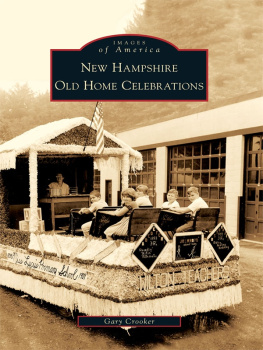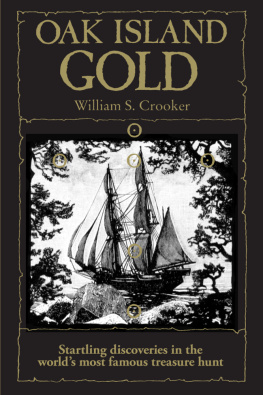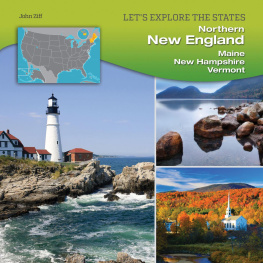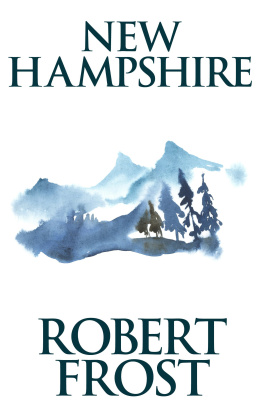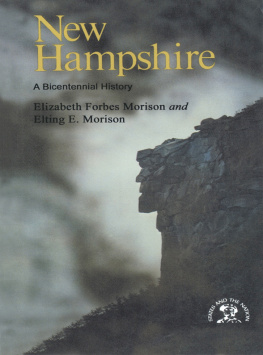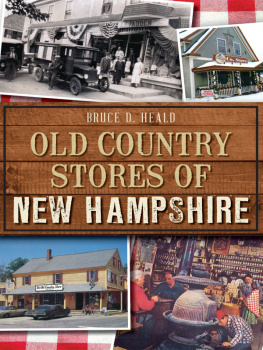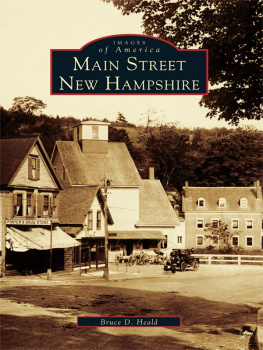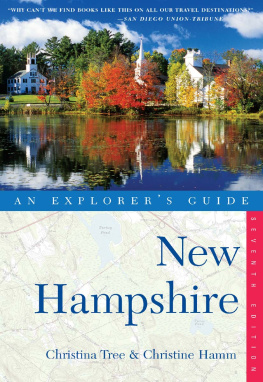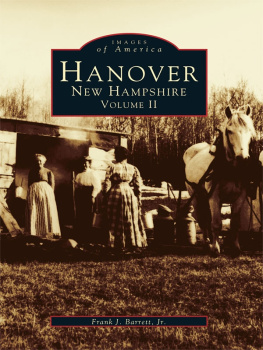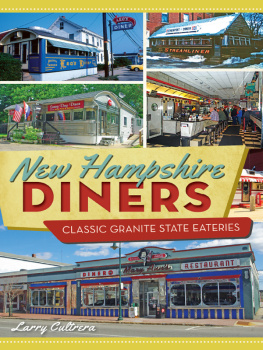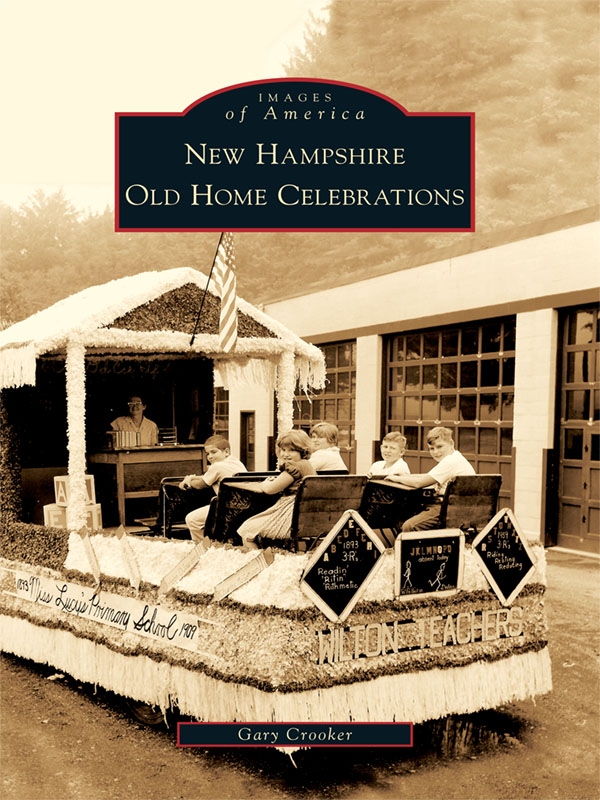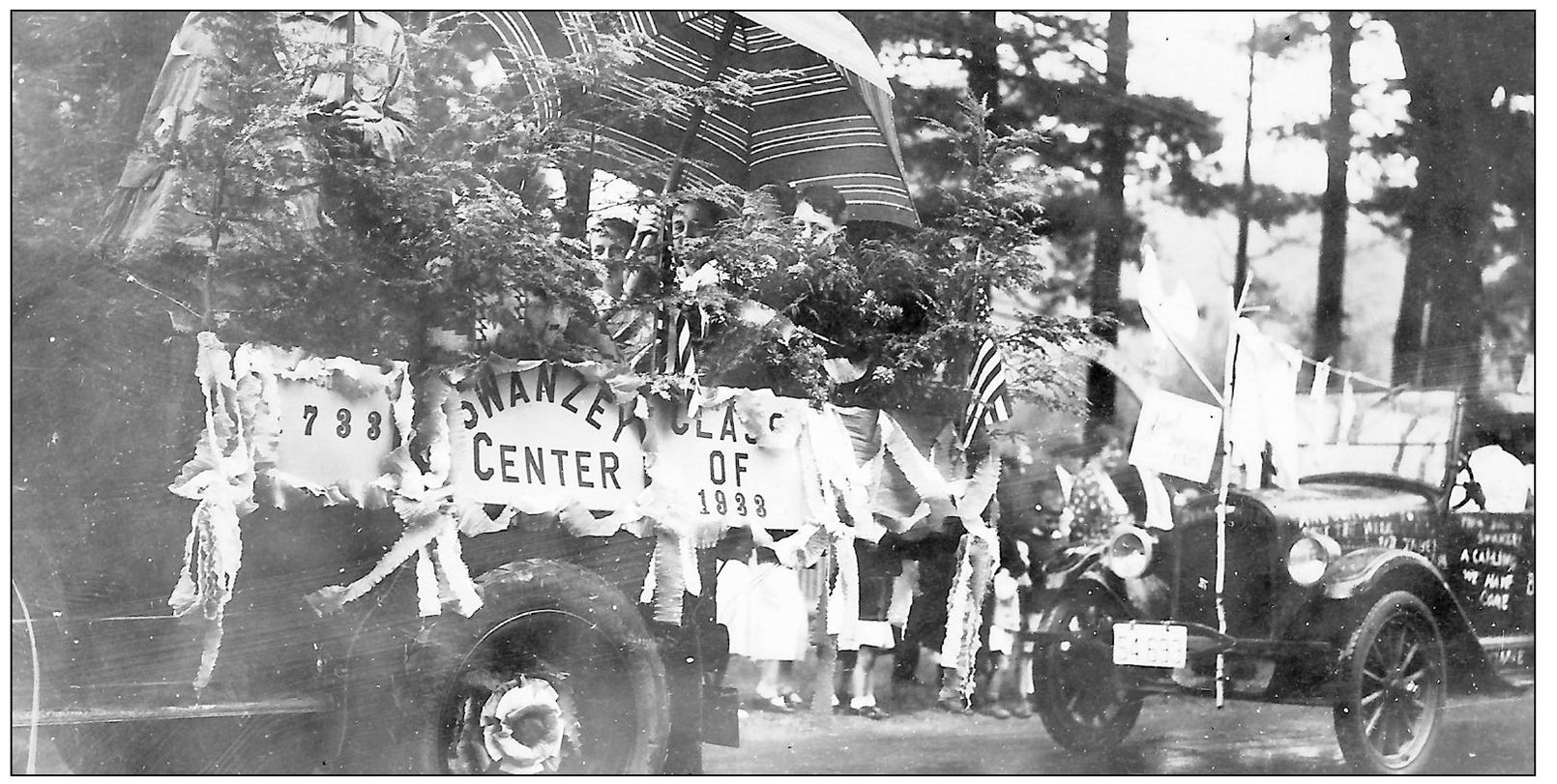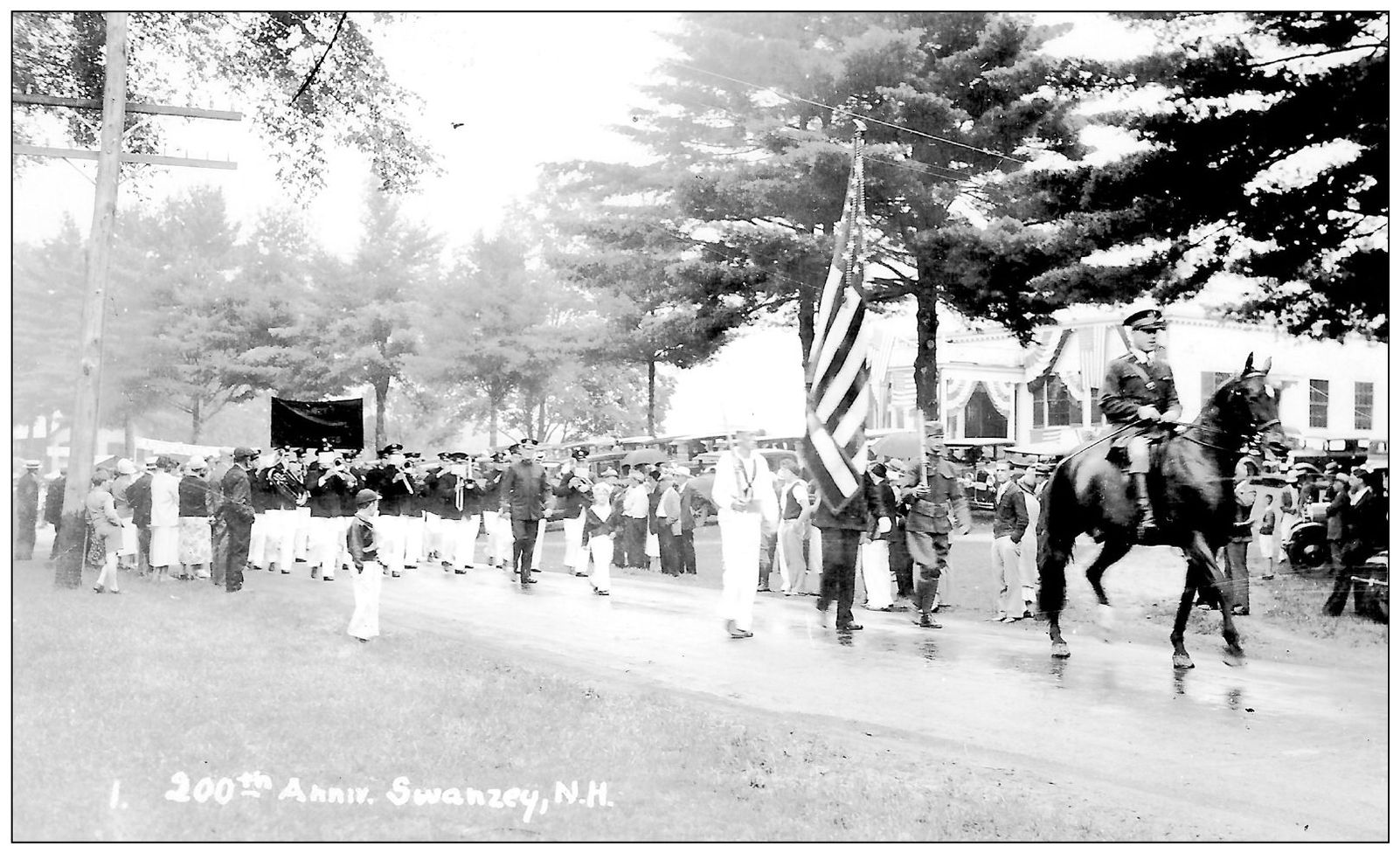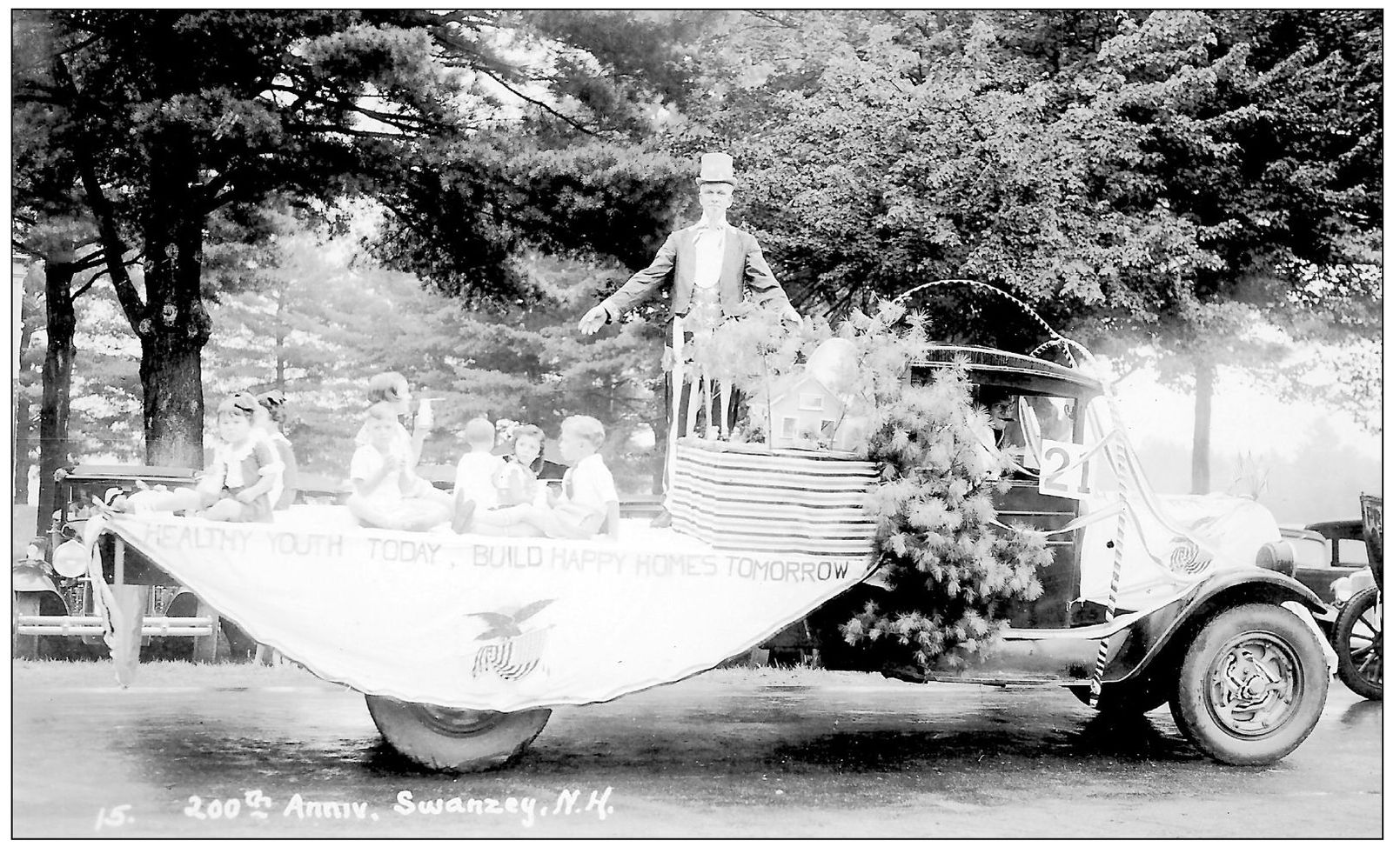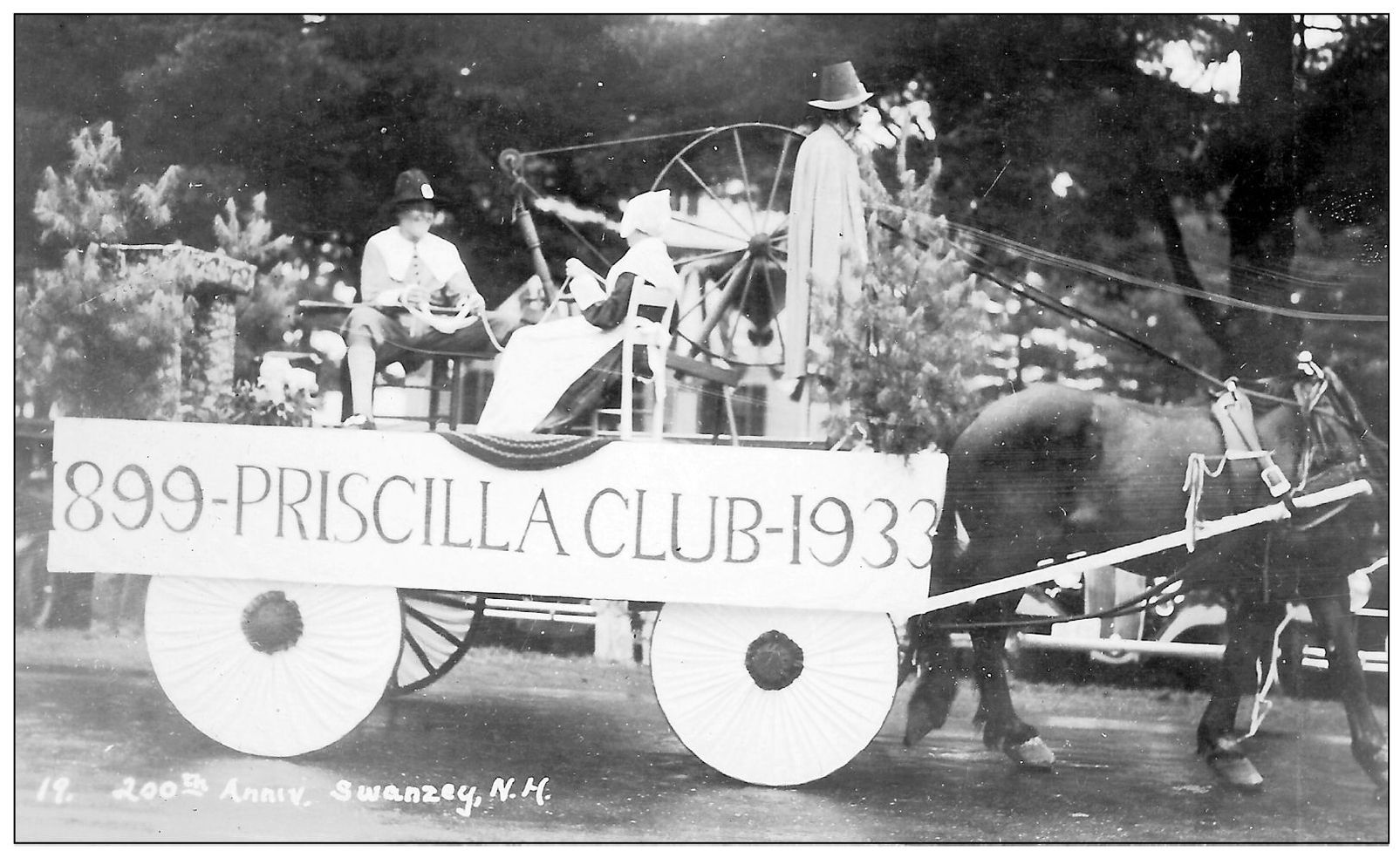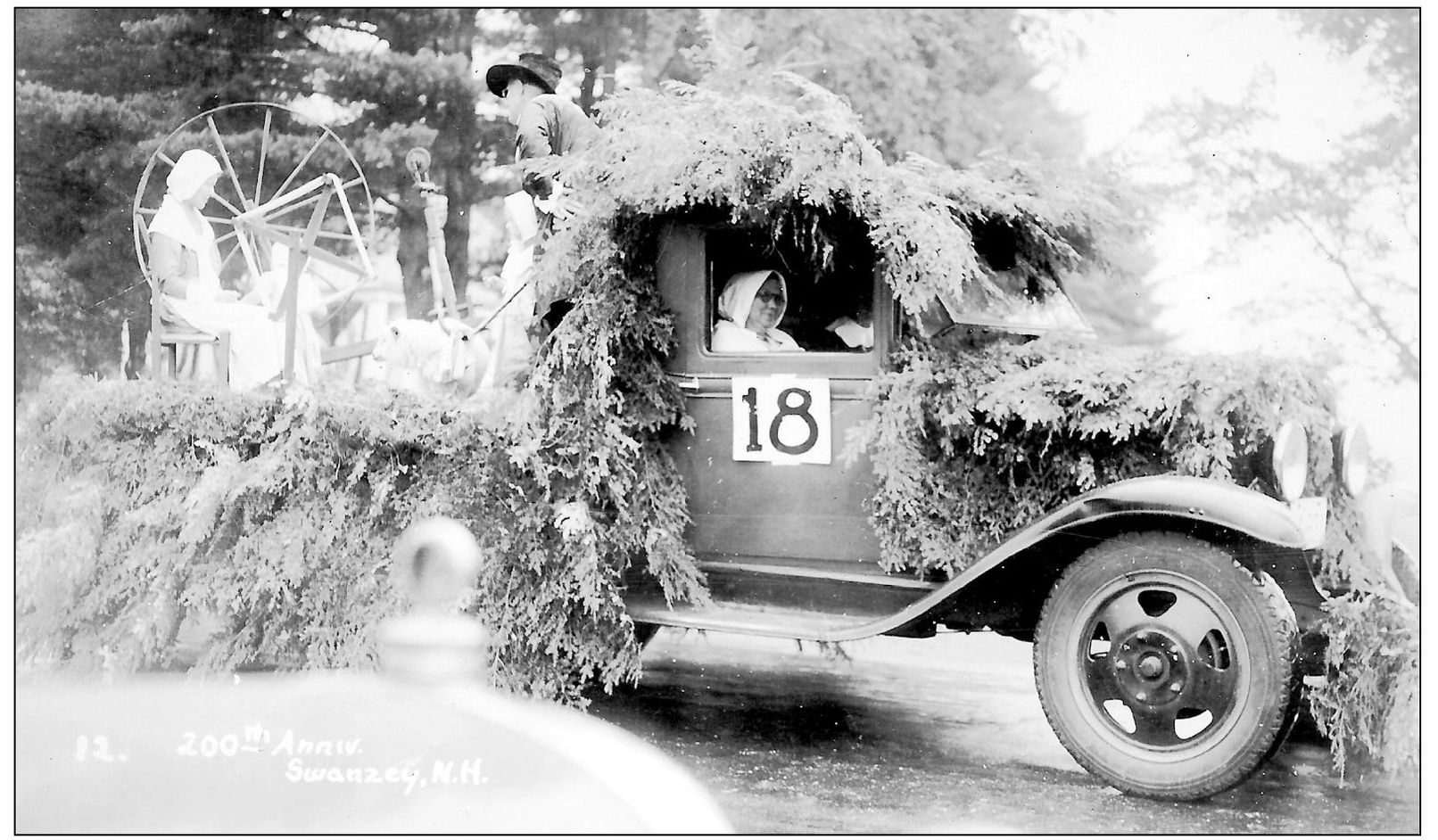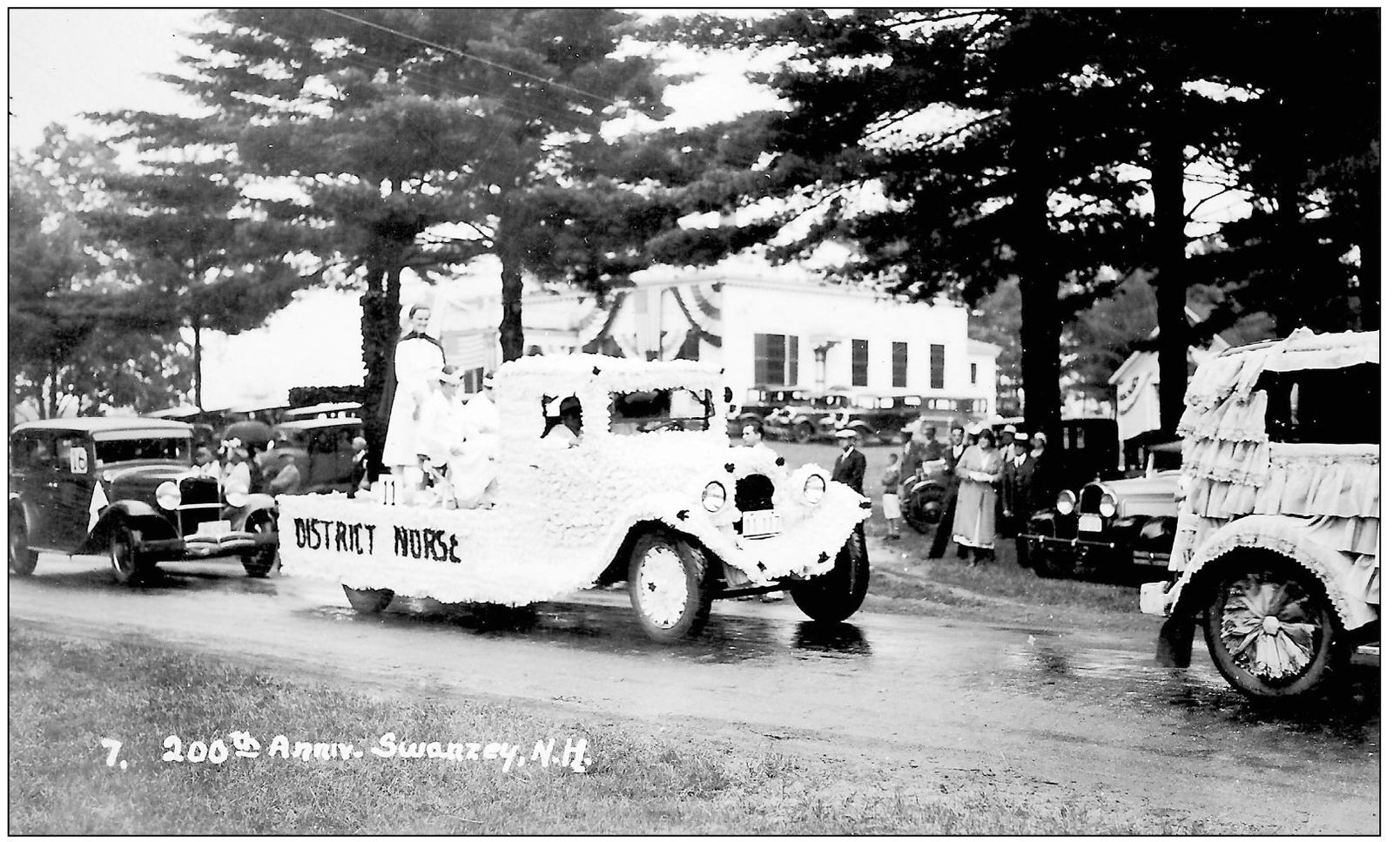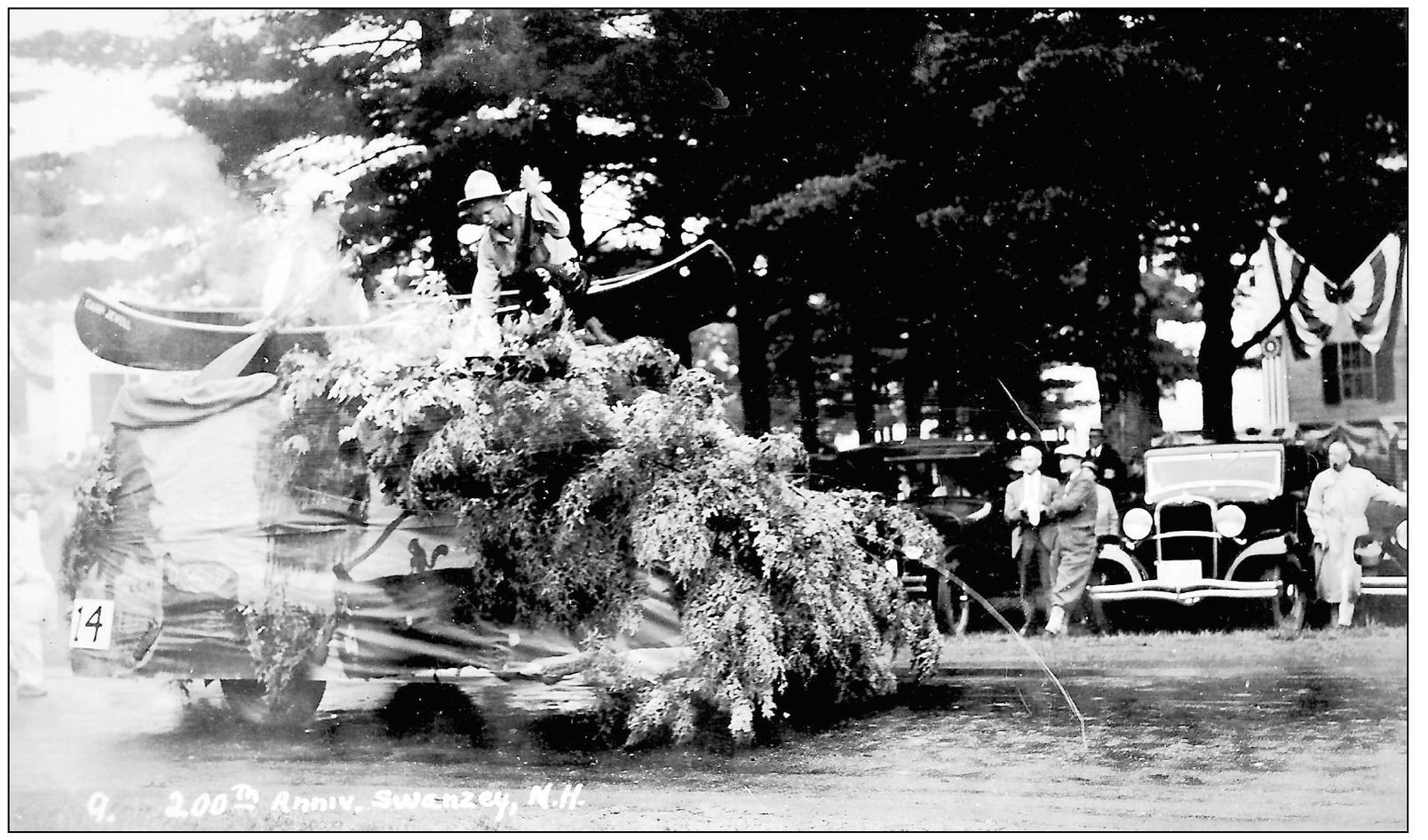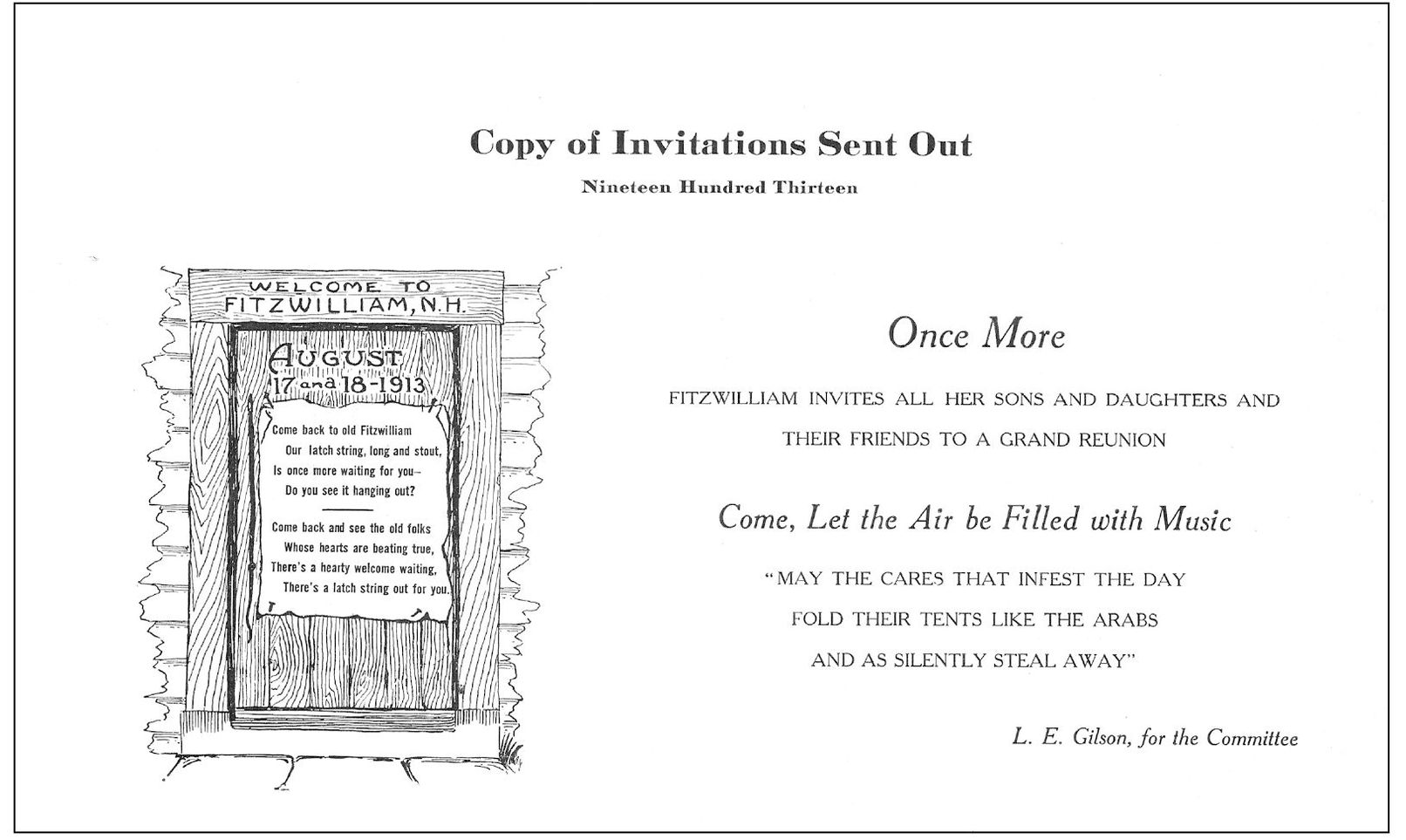ACKNOWLEDGMENTS
Americas very first historical societies were local affairs formed in New England to record the regions beginnings. I wish to thank the dozens of town historians and historical societies that have aided me in the research that made this book possible. Theirs is truly a labor of love, and New Hampshires local historical societies deserve not just my thanks but also the gratitude of everyone who values the heritage of the region. That goes also for the New Hampshire State Historical Society Library and the local library in Wilton where I was able to spend many hours researching New Hampshire old home celebrations from their beginnings.
In addition to these organized groups that serve to preserve their local history, there are individuals who do the same. One of those preservers of New Hampshires history, in particular the old home movement, is Sam Allen of St. Anselm College. Allens Granite State Collection of New Hampshire town and city anniversary and old home memorabilia is saving the legacy of this New Hampshire holiday, and I am most grateful for the help he has so unselfishly given me in the making of this book.
Technical support can be a great aid in a project like this even for one who has an aptitude for the technical. I do not. For that reason, my thanks are particularly heartfelt to Brian Broderick, Kelby Erdody, Casey Carpentiere, Lori Jensen, and Michael DellOrto for the help they gave along the way.
To Erin Rocha of Arcadia, I offer thanks for being an editor who has a knack for knowing exactly when a gentle nudge in the right direction is needed.
Thanks to my father for riding shotgun. A lot of travel was involved in the project, and I thank him for being with me in body and my mother for being with me in spirit.
I thank my entire family for their patience, particularly my wife, Melissa. Her support, both technical and emotional, was a constant throughout the project. It could not have been completed without her. Like everyone else, she can now look forward to sentences that do not begin or end with the phrase, as soon as the book is finished.
Find more books like this at
www.imagesofamerica.com
Search for your hometown history, your old
stomping grounds, and even your favorite sports team.
One
MONADNOCK REGION
Swanzey Center is represented by this float in the 1933 parade. All the activities took place on August 17 of the towns bicentennial year, including the mile-long parade that had 49 float entrees. Today Swanzey continues to celebrate the tradition with a full day of activities every year in July. (Authors collection.)
Everyone loves a parade, and in Swanzey in 1933, it was the visiting Keene band that led the way for the old home/bicentennial festivities. On horseback in front of the band is Sumner E. Brown of West Swanzey, who was designated chief marshall of the parade. Even during World War II, Swanzey held its old home day. In 1944, ceremonies were held on the lawn of the Mount Caesar Library. (Authors collection.)
One does not have to be old to enjoy old home celebrations, as evidenced by the youngsters crowded on board this 1933 Swanzey parade float. The group in this entry represented the local 4-H club, while the role of Uncle Sam was portrayed by Leland Bogue. In 1946, Swanzey Old Home Day welcomed home local World War II veterans with performances by the Keene American Legion Band. (Authors collection.)
Priscilla Clubs were social organizations for women that were originally formed in 1902. The clubs purpose was to honor the toil and perseverance of Americas early female settlers. That was the theme of this 1933 Swanzey Old Home Day float. Years earlier in 1919, Swanzey Old Home Day welcomed home World War I soldiers with music supplied by the Winchester Cornet Band. (Authors collection.)
Swanzey residents turned out in force every year to celebrate old home day. Floats such as this one honoring earlier times were joined by many marchers in the 1933 parade. According to the report of the New Hampshire Old Home Week Organization, the parade also consisted of camp boys, clowns, horribles, an old stage coach and horse drawn carriages of ancient vintage. (Authors collection.)
Recognition of citizens who make special contributions to their communities is a trademark of old home day holidays, and in 1933, Swanzey honored its District Nurse Association. Riding on the float that was awarded first place in the parade was nurse Helen Rogers of Swanzey. In 1919, residents got together at Richardsons Park and honored soldiers returning from World War I. (Authors collection.)
The theme of the float from Camp Jewell in the 1933 Swanzey Old Home Day parade was youthful activities. Established in 1901, Camp Jewell was a YMCA camp located on Swanzey Lake. The camp operated there until the 1950s when it moved to Colebrook, Connecticut, where it is still in existence today. (Authors collection.)
Communities throughout New Hampshire continue to use their old home celebrations to recognize and honor native residents. Seen here at Wiltons 1981 old home days celebration, longtime community leader and schoolteacher Florence Rideout is flanked by one of her former pupils and his wife. William French Smith was born in Wilton in 1917 and went on to become the nations 74th attorney general under Pres. Ronald Regan. He took time out from his duties to come home for a weekend to meet many old friends and neighbors. (Authors collection.)
In 1913, Fitzwilliam held a large old home day celebration on the weekend of August 18 and 19. This copy of the town wide invitation includes a poem referring to the latch string, which was a term used often when speaking about old home celebrations. To find the latch string out meant to meet with welcome and hospitality for returning sons and daughters. (Courtesy of Fitzwilliam Historical Society.)

